 |
| untitled; 1979 |
Often I find buildings
can be as fascinating and engaging to look at as
any human face, and William Christenberry's photographs are a fine example of this. Growing up in a post-agricultural-boom hamlet, I was peculiarly fixated on
the abandoned farms and houses near my home; as a girl, my
sketchbooks and journals were just filled with stories, poems, and
drawings of these vacant buildings out in the hills, imagining up all the stories that could be within their walls. His portraits of
dilapidated buildings bring me back to those feelings of summertime wonder and exploration, tinged with the strangeness of decay. Christenberry
also has a wonderful eye for folk advertising signs, and his manner of
capturing vestiges of local color is reminiscent of F.S.A. photographers
like my beloved Walker Evans.
Now, a major pet peeve of mine is the
recent trend for "
ruin porn", or senseless romanticization of abandoned
buildings (like the pictures of abandoned Detroit which make us go "oh, how tragic!"). I find
this a problematic way to look at these modern ruins, as it reduces
them to glorified "has-beens" and doesn't take any heed of the larger cultural and social implications of urban decay.
I think Christenberry's work nicely shows a way of documenting faded
structures without lapsing into that trite and reductive sea, however. His buildings may be weathered and derelict, but they are also bursting with the vitality of a past culture.
Looking at them doesn't make me feel melancholic or nostalgic, but
rather I see the potential for art and beauty in these otherwise
overlooked old buildings.
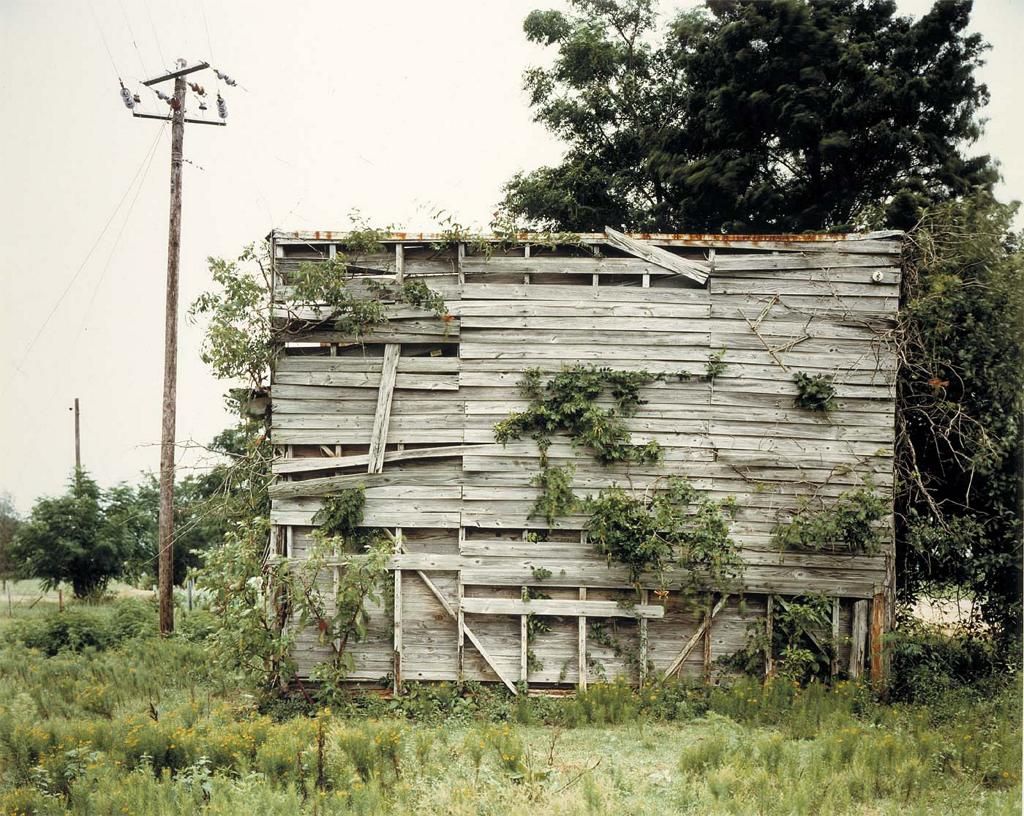 |
| South End of Palmist Building--Havana, Alabama; 1979 |
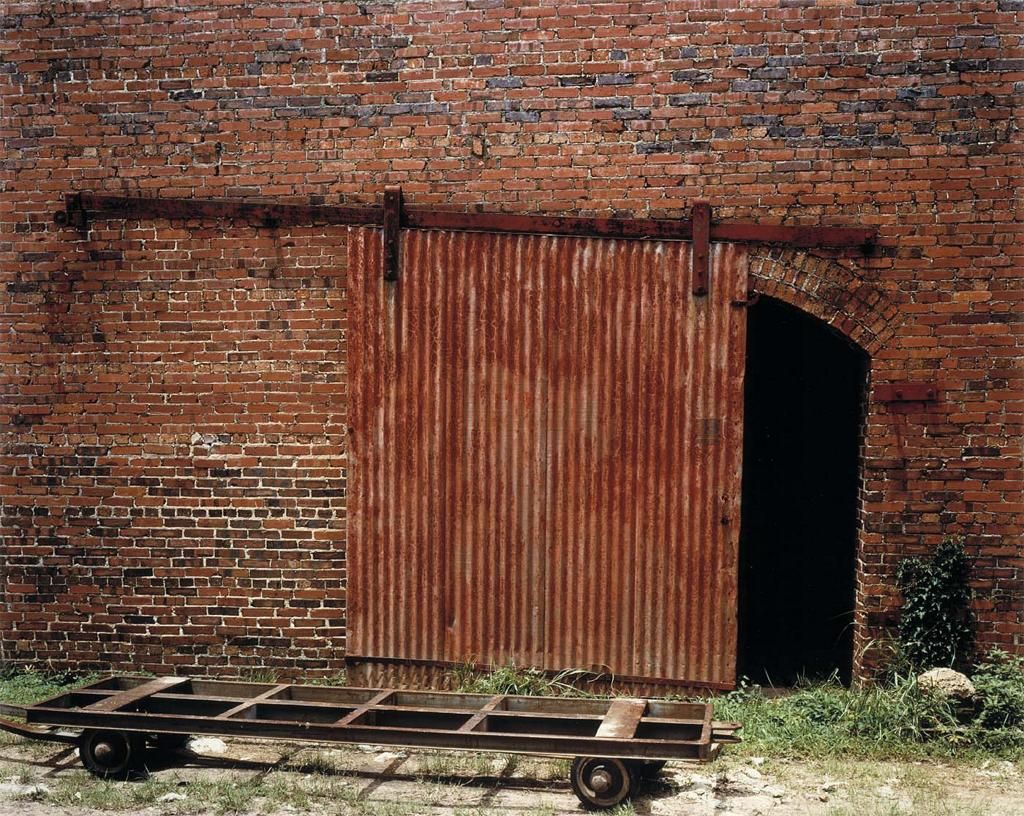 |
| Cotton Warehouse Door with Cart--Selma, Alabama; 1979 |
 |
| House and Car, near Akron, Alabama; 1981. |
|
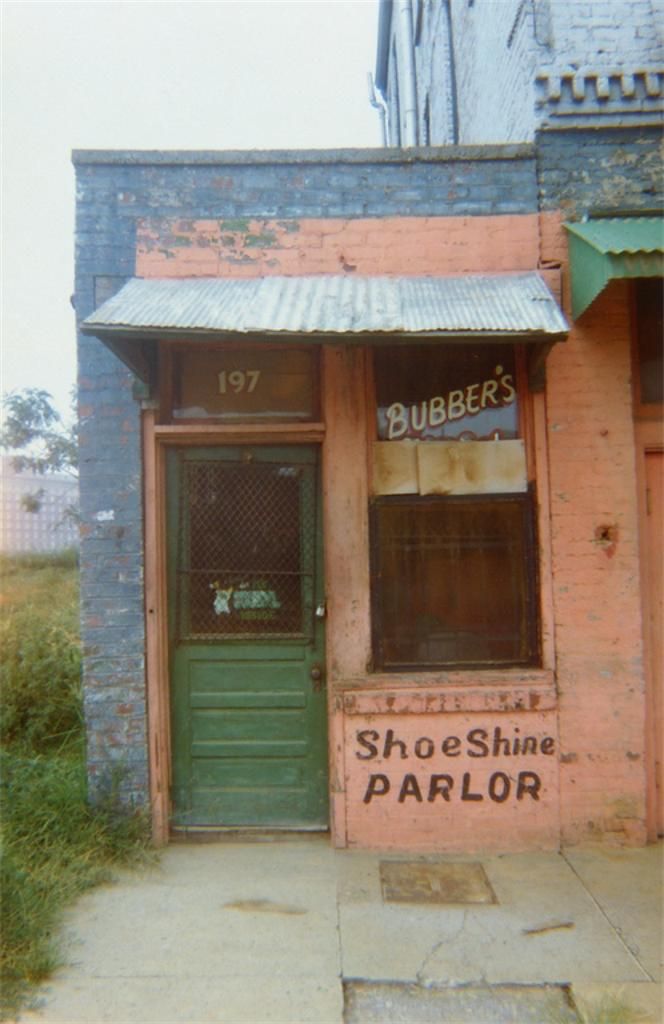 |
| untitled; 1979 |
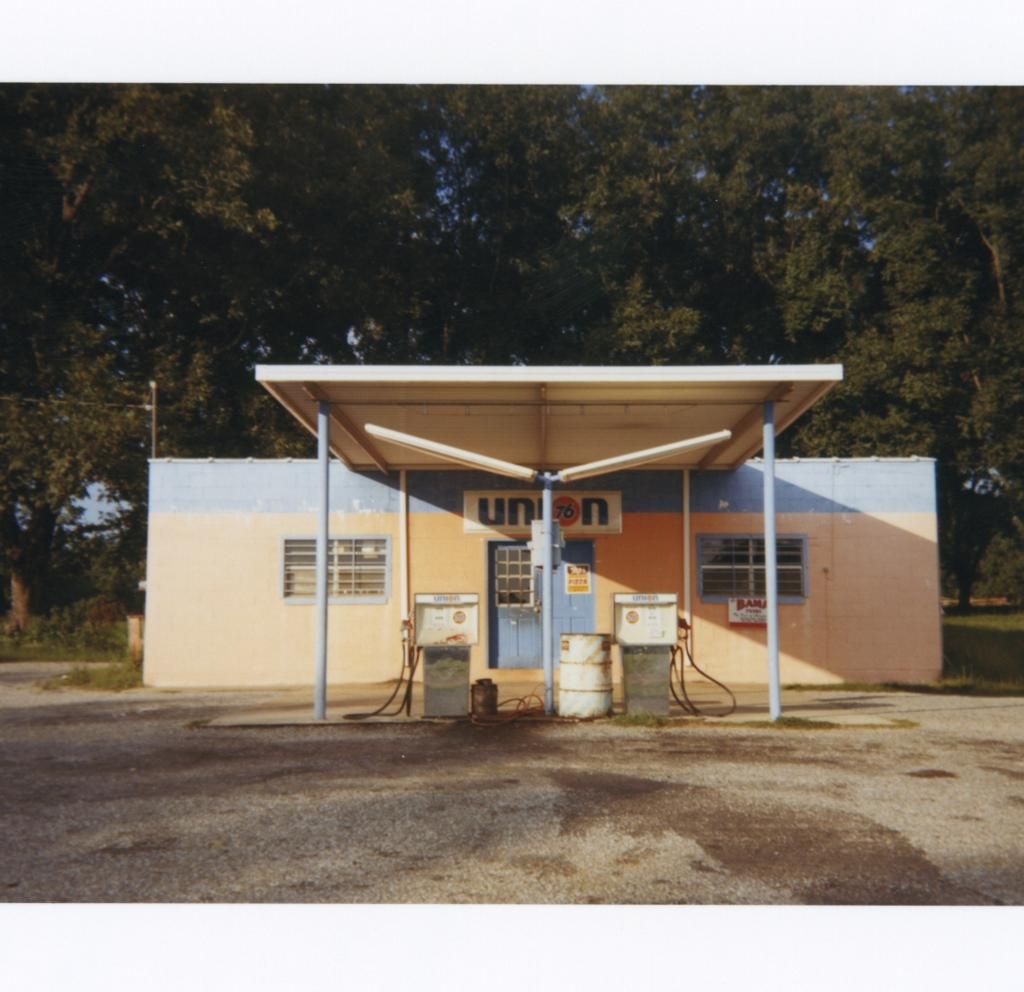 |
| Union Gas Station, Near Greensboro, Alabama; 1977 |
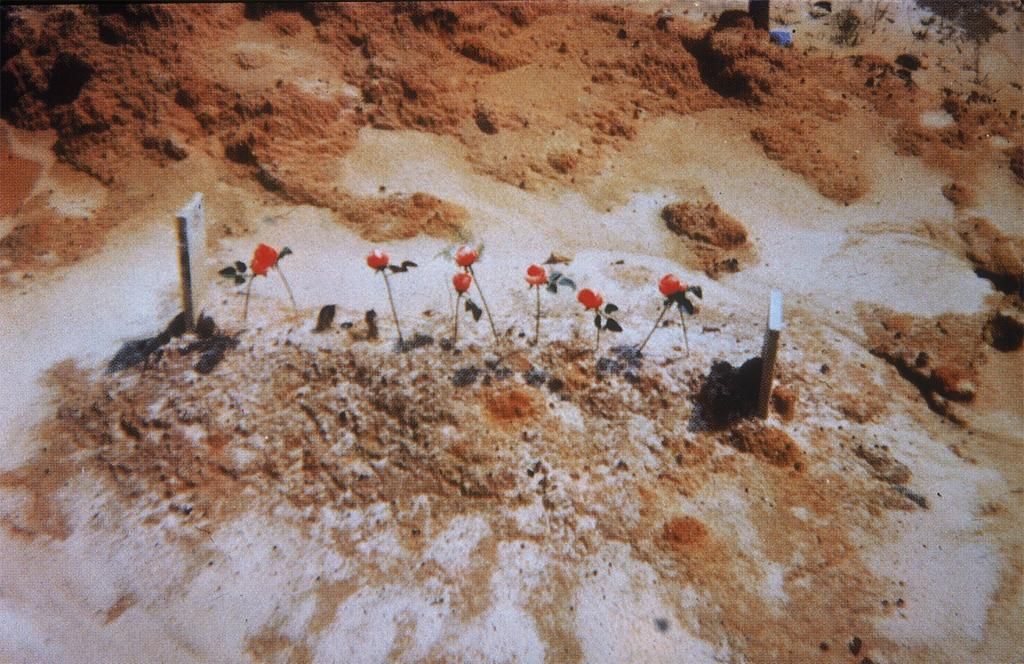 |
| Child's Grave w/Roses, Hale County, Alabama; 1975 |
Have a fine weekend now!
♥♥♥







